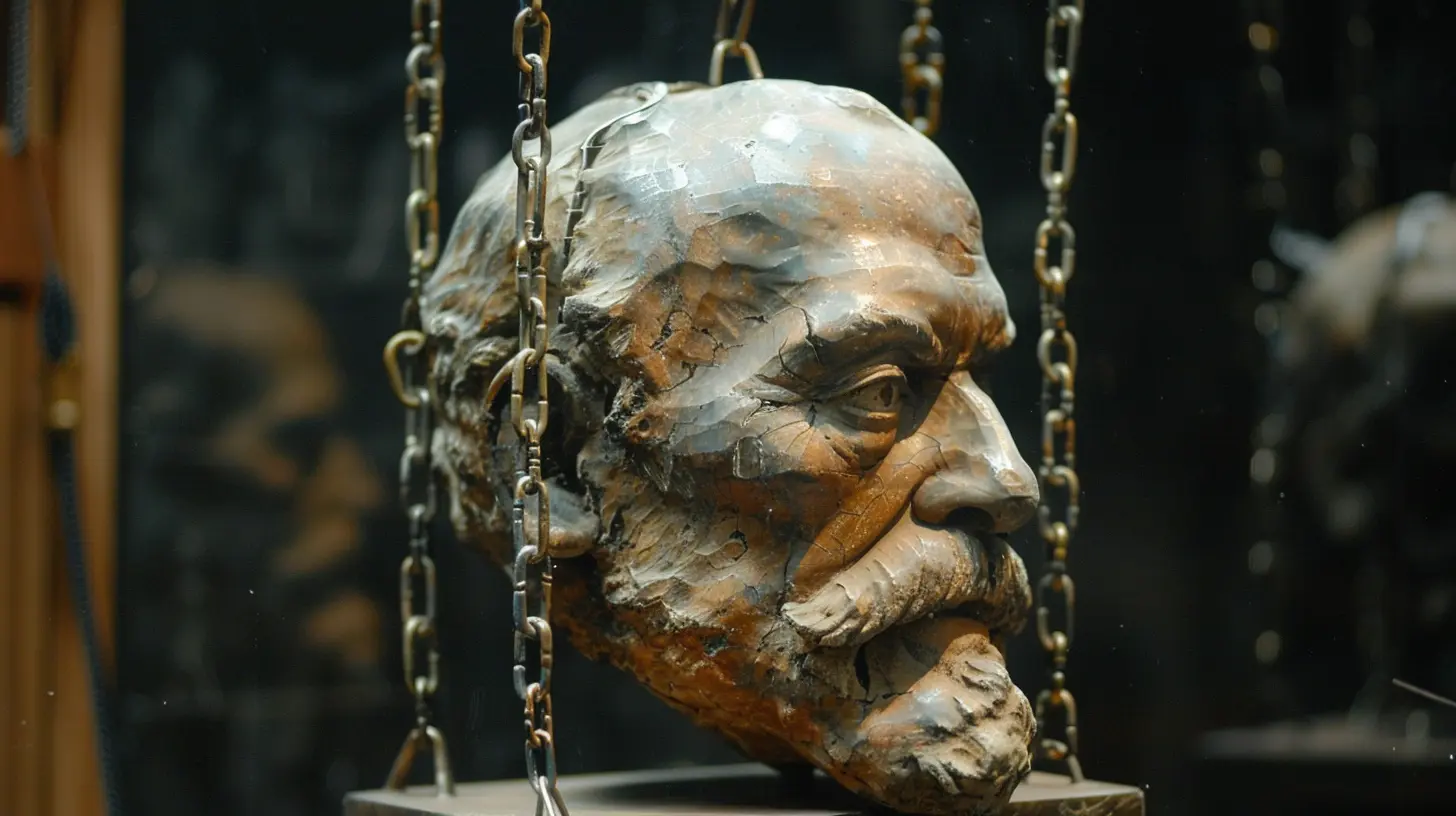The Power of Classical Conditioning: Pavlov's Legacy in Modern Psychology
7 November 2025
Introduction
Have you ever salivated at the mere thought of your favorite food? That automatic response is a classic example of classical conditioning in action. It shapes our habits, emotions, and even fears—often without us realizing it. The man behind this discovery, Ivan Pavlov, revolutionized the field of psychology with his ground-breaking work on conditioning.
But what does that mean for us today? How does this century-old experiment still influence modern psychology, therapy, and even marketing? Let’s dive into the fascinating world of classical conditioning and uncover how Pavlov’s legacy continues to shape human behavior.

The Birth of Classical Conditioning
Ivan Pavlov, a Russian physiologist, wasn’t even studying psychology when he stumbled upon this phenomenon. He was researching digestion in dogs when he noticed something strange—his dogs started salivating before they even tasted food. They had learned to associate the sound of a bell (which Pavlov used before feeding them) with mealtime.This led to his famous experiment:
1. Before conditioning – The dogs naturally drooled when presented with food (unconditioned stimulus), but they had no reaction to the sound of the bell.
2. During conditioning – Pavlov repeatedly rang a bell before offering food, which eventually created an association in the dog's brain.
3. After conditioning – The dogs began to salivate at the sound of the bell alone, even when no food was present.
This simple experiment laid the foundation for one of psychology’s most important theories—classical conditioning.

How Classical Conditioning Works
At its core, classical conditioning is about learning through association. Here’s how it breaks down:- Unconditioned Stimulus (UCS): Something that naturally triggers a response (like food making you salivate).
- Unconditioned Response (UCR): The automatic reaction to the UCS (like drooling when you see food).
- Neutral Stimulus (NS): Something that wouldn't normally trigger a response (like a bell ringing).
- Conditioned Stimulus (CS): The previously neutral stimulus that now evokes a response after being paired with the UCS (like the bell after training).
- Conditioned Response (CR): The learned reaction to the conditioned stimulus (like salivating at the sound of the bell).
It sounds simple, but this process is deeply embedded in human psychology and affects countless aspects of our daily lives.

Classical Conditioning in Everyday Life
You might not have noticed, but classical conditioning plays a role in everything from childhood habits to modern-day advertising. Let’s look at some real-world examples.1. Fear and Phobias
Ever wondered why some people develop irrational fears? Classical conditioning explains it. Imagine a child who gets bitten by a dog (UCS). They feel pain and fear (UCR). If this fear gets associated with all dogs (CS), the child may develop a lifelong phobia (CR).This is exactly how traumatic experiences shape our fears. Many anxiety disorders, including PTSD, are rooted in conditioned responses.
2. Emotional Responses
Have you ever heard a song that instantly brings back a wave of emotions? That’s classical conditioning at work. The song (CS) gets linked to a past emotional moment (UCR), and hearing it again triggers those same feelings (CR).This principle is used in therapy, where psychologists help people "unlearn" negative emotional associations through exposure therapy or systematic desensitization.
3. Marketing and Advertising
Big brands? They’ve mastered classical conditioning.Take Coca-Cola, for instance. Their ads often link their product with happiness, friendship, and celebration. Over time, people unconsciously associate drinking a Coke (CS) with positive emotions (CR).
Think about McDonald's jingle or Nike’s swoosh—these consistent cues create emotional connections that drive consumer behavior.
4. Addiction and Habits
Why do certain smells make you crave coffee? Or why does the sight of a cigarette pack trigger the urge to smoke for addicts? Classical conditioning plays a huge role in addiction.For instance, if someone smokes while drinking coffee (NS), over time, coffee itself (CS) can trigger cravings (CR). This is why breaking habits is so tough—the brain has formed strong conditioned responses.

Classical Conditioning in Therapy and Treatment
Since classical conditioning influences emotions, fears, and habits, it makes sense that it’s widely used in therapy. Here are a few ways psychologists apply it:1. Treating Phobias with Exposure Therapy
If someone has a deep fear of elevators, they won’t magically get over it by avoiding them. Exposure therapy gradually introduces the feared stimulus in a safe way, breaking the conditioned fear response.A therapist might start by showing pictures of elevators, then progress to standing near one, and eventually, riding one. This process helps "retrain" the brain.
2. Behavioral Training for Disorders
For people with anxiety, OCD, and PTSD, classical conditioning techniques like counterconditioning (replacing a negative response with a positive one) or systematic desensitization (gradually reducing fear) are highly effective.3. Aversion Therapy for Bad Habits
Ever heard of putting a bitter-tasting polish on nails to stop nail-biting? That’s aversion therapy—a form of classical conditioning where an unpleasant stimulus is paired with an unwanted behavior to make it less appealing.Similarly, people overcoming alcoholism sometimes take medication that makes them sick if they drink, training their brain to associate alcohol with discomfort rather than pleasure.
Pavlov’s Influence on Modern Psychology
Pavlov’s discovery wasn’t just a quirky experiment—it reshaped psychology. It laid the groundwork for behaviorism, a field that focuses on observable behaviors rather than internal thoughts or emotions.His work influenced B.F. Skinner, who later expanded on conditioning with operant conditioning (reinforcement and punishment). Together, these theories revolutionized education, therapy, and even parenting strategies.
The Unmistakable Impact of Classical Conditioning
From childhood fears to corporate branding, Pavlov’s findings have shaped human behavior in ways we hardly notice. While we might not drool at the sound of a bell, we are constantly forming associations that influence our emotions, desires, and decisions.Understanding classical conditioning gives us a powerful insight into why we react the way we do—and even how to change unwanted behaviors. Whether it’s breaking a bad habit, overcoming a fear, or just realizing why that old song still makes you tear up, Pavlov’s work continues to touch our lives in unexpected ways.
So next time you find yourself craving popcorn at the mere smell of butter, thank Pavlov—you've just experienced his legacy firsthand!
all images in this post were generated using AI tools
Category:
Psychological TheoriesAuthor:

Nina Reilly
Discussion
rate this article
1 comments
Kate Forbes
Pavlov's insights reveal the profound impact of learned associations on behavior and emotional responses.
November 16, 2025 at 5:22 AM

Nina Reilly
Thank you for your insightful comment! Indeed, Pavlov's work underscores the significance of learned associations in shaping our behaviors and emotions, which remains a foundational concept in modern psychology.


